Get PeakVisor App
Sign In
Search by GPS coordinates
- Latitude
- ° ' ''
- Longitude
- ° ' ''
- Units of Length

Yes
Cancel
Share ×

Scan the QR code and open PeakVisor on your phone
❤ Wishlist ×
Choose
Delete
Bordering the Atlantic Ocean, Buenos Aires is one of twenty-three provinces in Argentina. There are over 177 named peaks across the province, mostly in and around the mountainous areas of the Sierra de la Ventana and the Tandil Hills. Cerro Tres Picos (1,239 m/4,065 ft), located in the south of the province, is the tallest and most prominent mountain.
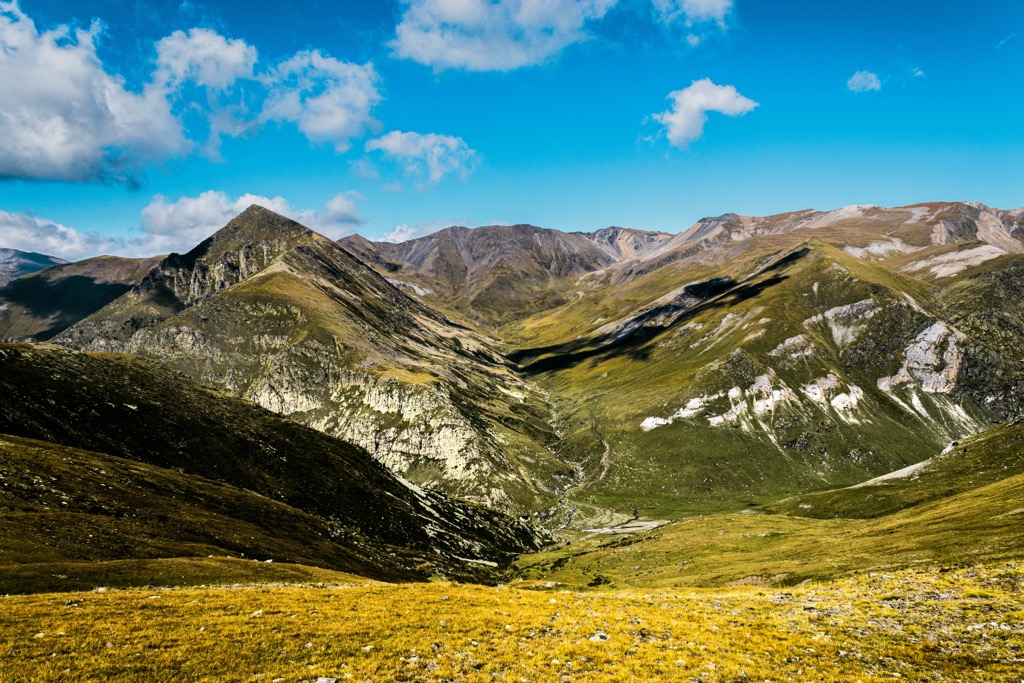
Argentina is one of the eastern countries of South America, extending from the Andes Mountains to the Atlantic Ocean. Buenos Aires is one of twenty-three Argentine provinces and is a vast and diverse region that covers an area of over 307,000 square kilometers (118,500 sq. miles) in eastern Argentina.
The Atlantic Ocean borders Buenos Aires to the east, Uruguay to the northeast, and several other provinces to the west and south. From the south to the north, these other provinces include Río Negro, La Pampa, Córdoba, Santa Fe, and Entre Rios. The region is divided into 135 municipalities with unique characters, cultures, and natural wonders.
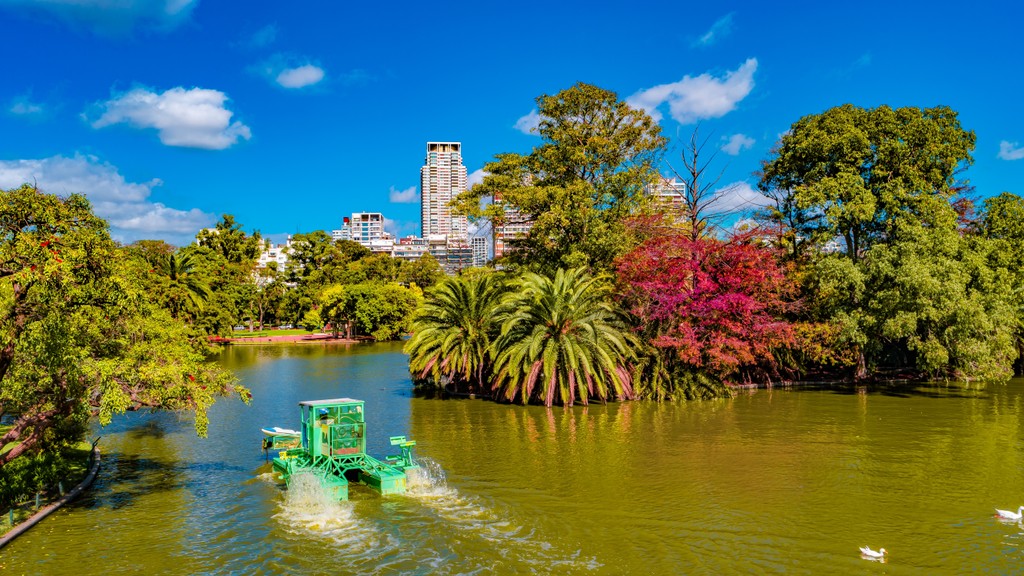
The vast Pampas plains dominate the geography of Buenos Aires, covering over 75 % of its total area. These grasslands are some of the most fertile in the world and have helped establish the region as a major agricultural center. However, Buenos Aires still has some incredible mountain and wilderness areas.
The province's mountains and wilderness areas contrast the flat plains dramatically. Over 170 named peaks are located in Buenos Aires, most of which are part of the Sierra de la Ventana and the Tandil Hills.
Rugged peaks and deep gorges characterize the Sierra de la Ventana, located in the southern part of the province. Cerro Tres Picos (1,239 m/4,065 ft) is the tallest and most prominent peak, located at the south end of Sierra de La Ventana. The Tandil Hills are another mountain range in the province’s southeast.
Several protected wilderness areas in Buenos Aires are worth mentioning. The following are some of the parks and wilderness areas:
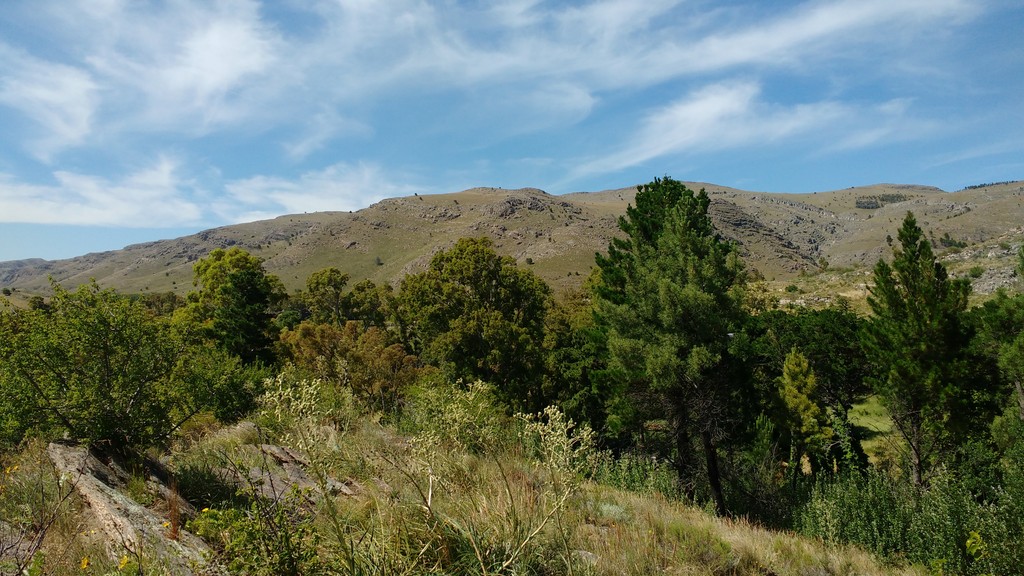
Buenos Aires has a diverse geology that reflects the complex geological processes that have shaped the region over millions of years. The province sits along the Atlantic coast in the southeast of Argentina, and with the exception of the Sierra de la Ventana and the Tandil Hills, it’s a vast plain.
Around 2 billion years ago, the Tandilia terrane collided with and accreted to the Buenos Aires terrane to finish the amalgamation of the Río de la Plata craton, the major underlying geological component of Buenos Aires. The collision of the terranes was the major event that created the Tandil Hills.
The Tandil Hills, located in the southeast of the province, are composed of volcanic and granitic rocks and are known for their unique formations. The rock formations, such as the Piedra Movediza, were created through volcanic activity and subsequently eroded over millions of years to form the landscape seen today.
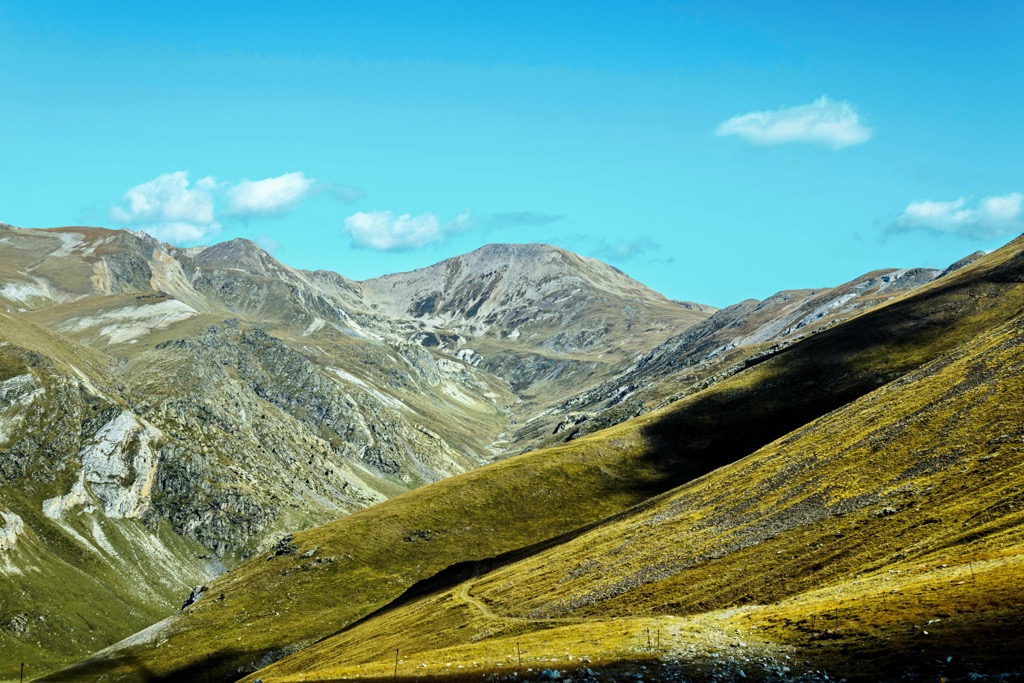
The Sierra de la Ventana is one of the deformations caused by the Gondwanide orogeny, which occurred over 250 million years ago in the Permian Period.
A mix of grasslands, forests, and mountain ranges characterize Buenos Aires. The grasslands are the fertile Pampas, which account for most of the province’s terrestrial habitat. Grass, shrubs, and cacti cover the plains. Animal species such as the maned wolf, the Pampas deer, and the rhea make their home in the vast expanse of plains.
The province's forests, generally found around the mountainous areas, include species such as the ombu, quebracho, and caldén. These forests provide habitat for the jaguar, puma, and several bird species, such as the harpy eagle and the red-crested cardinal. The Tandil Hills also have unique vegetation, including the Algarrobo and Molle trees.
The maned wolf is the largest canid in South America, and the rhea is the largest bird in South America. The region also has several endangered species, such as the jaguar, the puma, and the giant anteater. Some of the threats that these animals face are habitat loss and poaching.
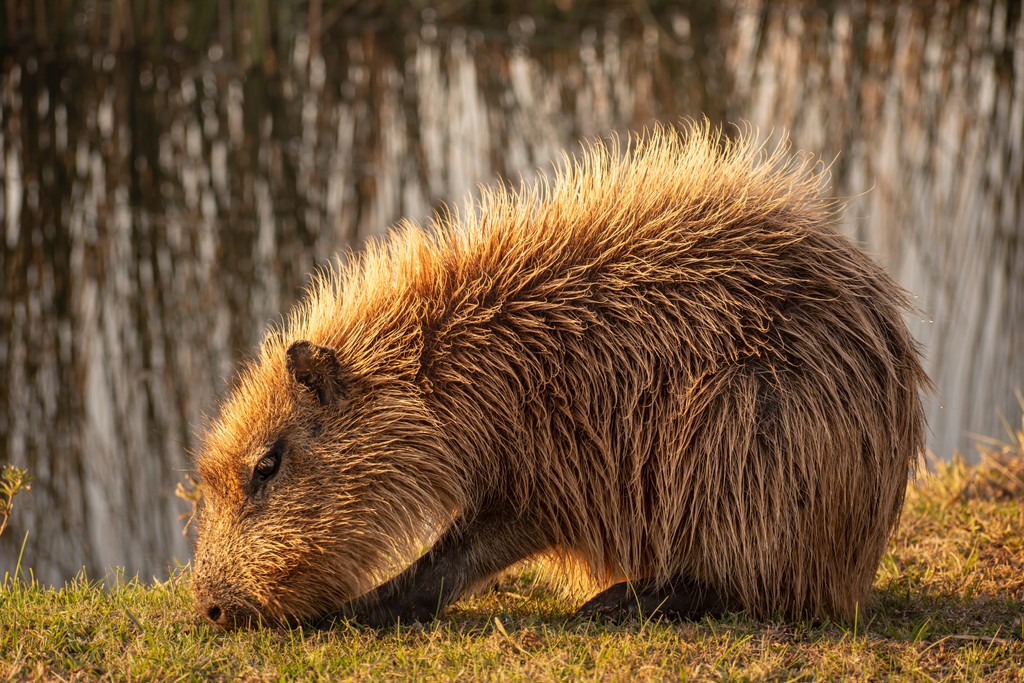
The human history of South America, particularly Buenos Aires, can be divided into the two main periods of pre-conquest and post-colonialism. The rich and complex history of the province spans thousands of years, and both periods have significantly impacted the region's culture, society, and identity.
The pre-conquest period dates back about 13,000 years, when the first human settlements appeared in the region. The first inhabitants were hunter-gatherers who relied on the region's abundant natural resources to survive. Over time, these groups developed complex social structures and cultural traditions, including art, music, and religion.
At the advent of Spanish colonization, the Charrúas and Querandíes inhabited Buenos Aires. The Charrúa were semi-nomadic hunters and gatherers who lived in and around the northern parts of Buenos Aires, as well as the province of Entre Rios and Uruguay. Genocidal attacks in the early nineteenth century led to the ultimate destruction of the Charrúa people.
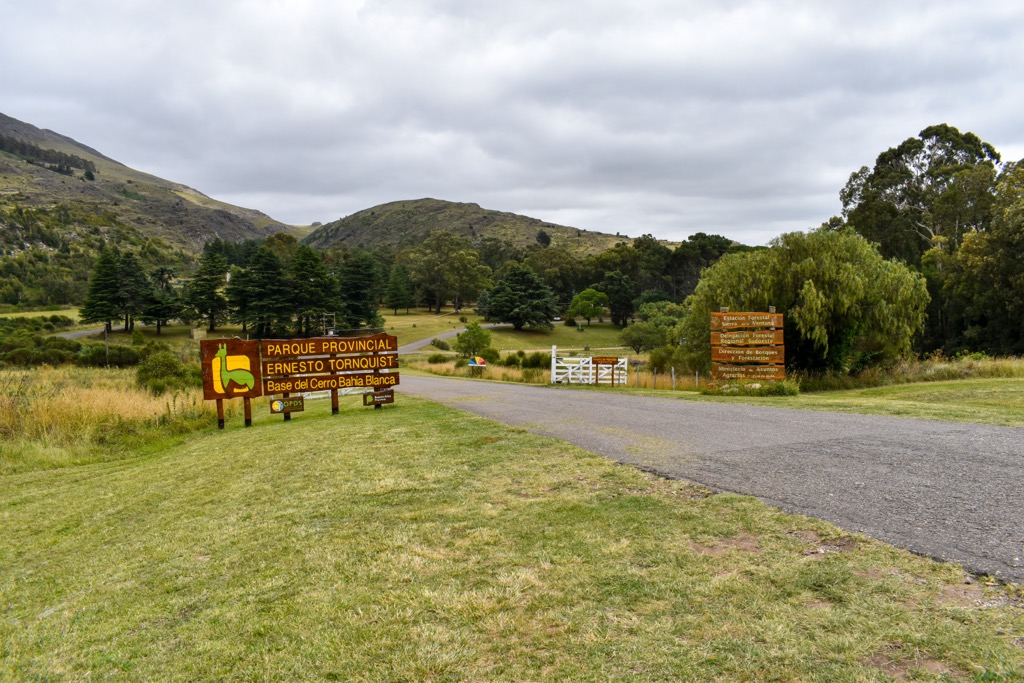
The Querandí were one of the Het people who were indigenous to South America. Specifically, the Querandí were eastern Didiuhet and lived in the Pampas of Argentina. Known as great runners, the Querandí would capture Pampas deer, ñandúes, and even guanacos by chasing them down. They would then use bolas to bring down their prey.
The Spanish fought against the Querandí as early as the early sixteenth century in their attempts to control the land and subjugate the local inhabitants. Over the next 350 years, the region's colonization destroyed the cultures while war and disease killed most of the Querandí and Charrúa. The European ethnic majority ultimately absorbed the survivors.
Colonization of Buenos Aires began in the early sixteenth century when Spanish conquistadors first arrived. The arrival of the Spanish marked a significant turning point in the region's history, leading to the forced displacement and subjugation of the region's indigenous populations.
During the colonial period, wool and other agricultural products were the basis of the region's economy. The Spanish established large estates called estancias, where enslaved indigenous and African laborers worked.
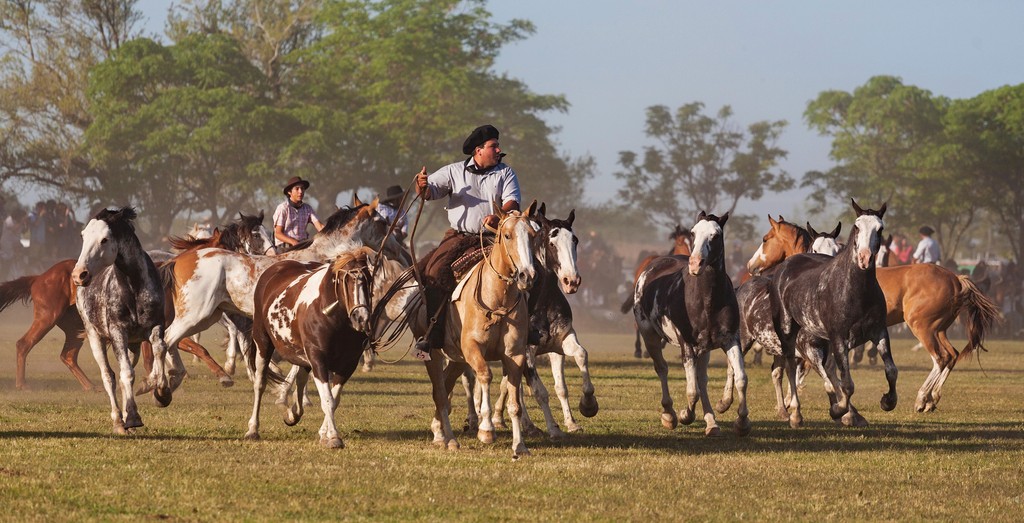
Understandably, the region's indigenous inhabitants resisted Spanish colonization, and a series of uprisings and rebellions occurred throughout the colonial period. One of the most significant uprisings was the Mapuche Uprising of 1780. Led by indigenous leader Calfucur, the rebellion lasted for several years and killed thousands of people, including many Spanish colonizers.
Buenos Aires played a significant role in the Argentine War of Independence, which led to the country's independence from Spain in 1816. Throughout the nineteenth century, Buenos Aires was also a key player in the civil wars, which resulted in the federal government's establishment.
Today, Buenos Aires represents a significant part of Argentine culture and is home to millions of people. The rich and complex history is reflected in its culture, traditions, and identity and continues to shape the region's development.
Buenos Aires province is known for its bustling city of the same name but is also home to some stunning wilderness areas and parks. From the towering peaks of the Sierra de la Ventana to the tranquil waters of Laguna de los Padres, there are many opportunities for visitors to enjoy the province's natural beauty. The following are some significant wilderness and natural areas:
Lush forests surround Laguna de los Padres, home to a wide range of bird species, including herons, ducks, and swans. Located only a short drive from the city of Mar del Plata, the tranquil lake is a popular destination for nature lovers in Buenos Aires.
Visitors can explore the lake by boat and kayak or hike along one of the many trails through the surrounding woods. The following are some of the popular hikes in the area:
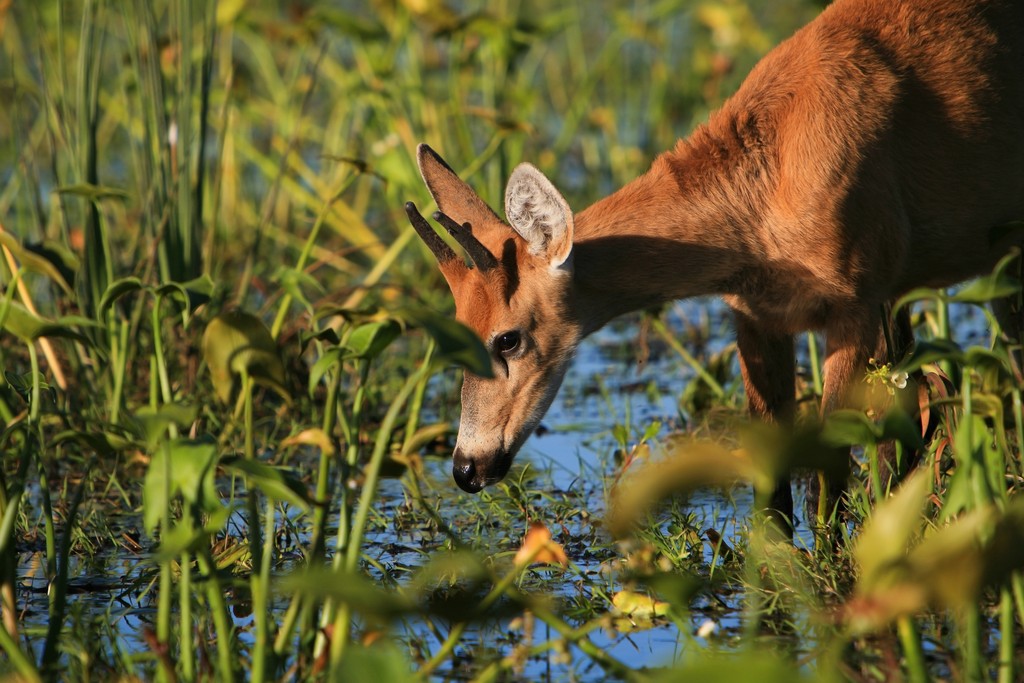
Located in the northern part of Buenos Aires, Parque Nacional Ciervo de los Pantanos protects an area of wetlands that are of international importance. There is a vast diversity of wildlife and plants found in the park. Activities include wildlife viewing, bird watching, and hiking.
Many interpretive trails help visitors understand the region and the conservation efforts. The “Recovering Ours” trail features a nursery for native tree species, and there are other trails, such as the “Stories of the Grassland” trail, the “Guardians of the Ravine” path, and the “Laguna Grande” trail.
Parque Provincial Ernesto Tornquist is the central mountain park in Buenos Aires featuring the rugged Sierra de la Ventana. Visitors' activities include fishing, camping, hiking, and bird watching. The following are some of the popular trails.
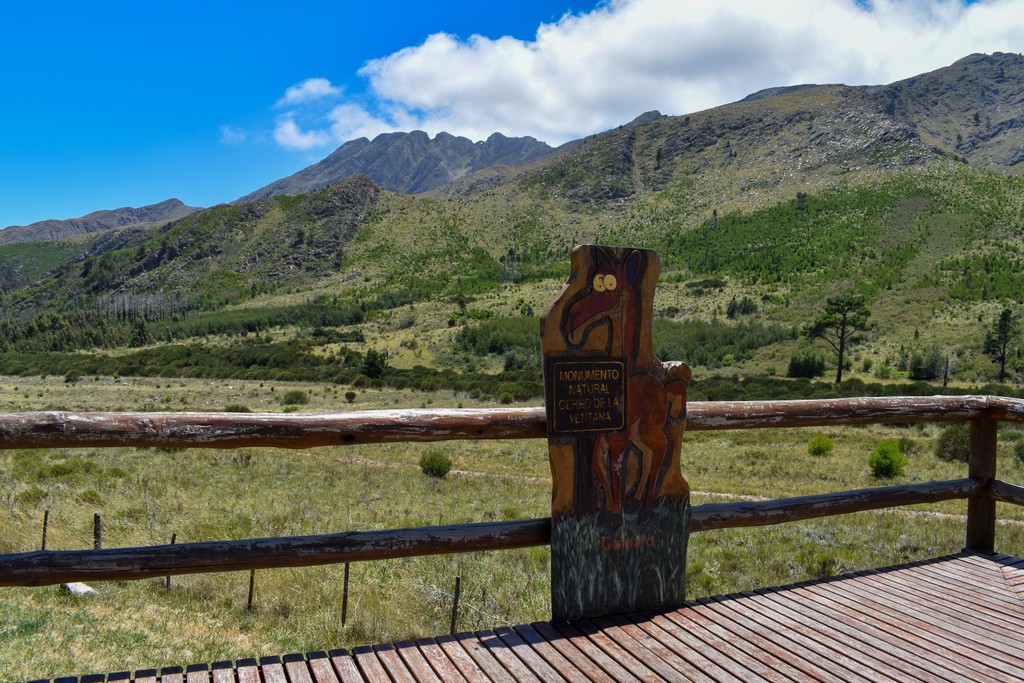
Buenos Aires is a diverse and beautiful region full of culture and natural wonders. The following are the major cities in the province:
The capital city of Argentina, Buenos Aires, is also the country’s largest. Known for its European-style architecture, museums, and art galleries, Buenos Aires is Argentina's cultural and economic hub.
The city boasts world-class theaters, art galleries, and museums. As a visitor, you can experience the grandeur of the Teatro Colón, one of the finest opera houses in the world, or wander through the MALBA (Museum of Latin American Art of Buenos Aires), home to an impressive collection of contemporary art.
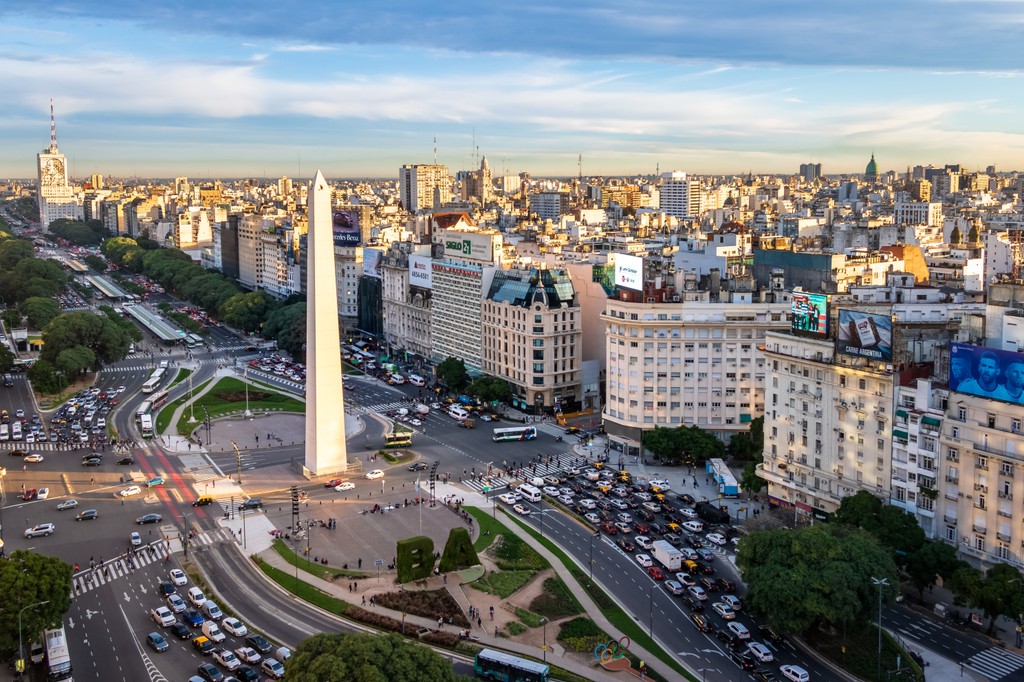
Buenos Aires is renowned for tango, and visitors can witness this passionate dance form in traditional milongas or explore its history in tango museums. After being immersed in the grand culture of Buenos Aires, visitors may find some peace and solitude exploring the trails of the nearby Ecological Reserve Costanera Sur.
La Plata is the second-largest city in the province and is in the province’s southeast. The city is known for its neoclassical architecture and has been designated as a UNESCO World Heritage Site. There are a variety of cultural and recreational attractions for visitors, including parks, museums, and theaters.
The city's architectural marvels, such as the neo-Gothic La Plata Cathedral, take visitors back in time. Furthermore, The National University of La Plata is a vibrant cultural hub, hosting academic conferences, art exhibitions, and music performances.
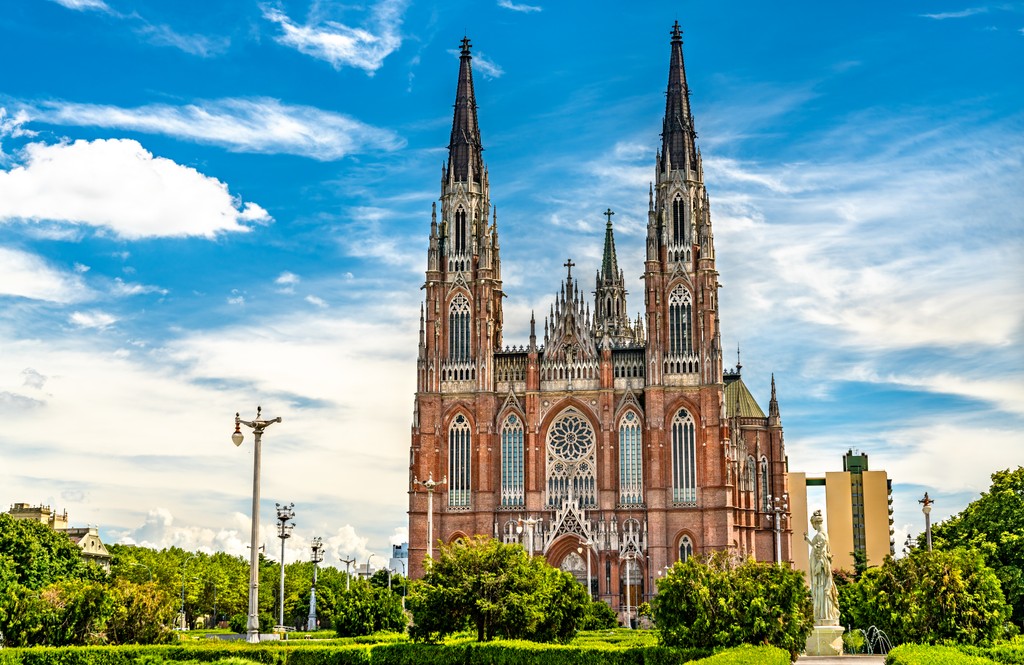
Nearby parks include Pereyra Iraola Park, a nearby nature reserve with scenic hiking trails amidst native forests and picturesque bird-watching spots. For those seeking further adventure, the Quebradas del Saladillo Natural Protected Area showcases rugged landscapes and a chance to encounter local wildlife and view the local flora.
Mar del Plata is located along the Atlantic coast and is the province’s third-largest city. Renowned for its beaches, water sports, and vibrant nightlife, Mar del Plata is a popular tourist destination.
The city hosts the prestigious Mar del Plata International Film Festival, which attracts filmmakers and cinephiles worldwide. Theater enthusiasts can take in captivating performances at local theaters. Art lovers can explore the Juan Carlos Castagnino Municipal Museum of Art, which boasts an extensive collection of Argentine and international artworks.
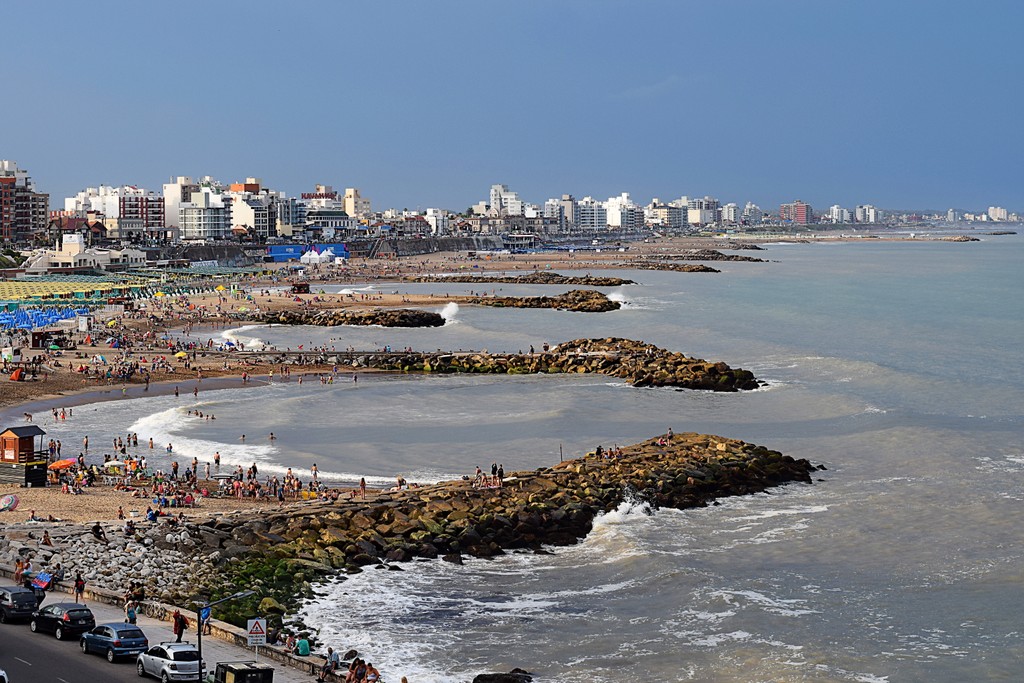
Nature lovers will find solace in the city's pristine beaches which offer opportunities for sun-soaked relaxation, exhilarating water sports, and beachside strolls. For those desiring a wilderness hike, nearby Sierra de los Padres, has picturesque trails that wind through scenic landscapes, offering breathtaking views and a chance to commune with nature.
Located in the southwest of the province of Buenos Aires, Bahía Blanca is the fourth largest city in the province. The city is a major industrial and commercial center, with a thriving port and a range of industries.
The local art scene can be viewed at the Museo de Arte Contemporáneo which showcases modern Argentine art. There is also the Museo de la Universidad Nacional del Sur which houses fascinating artifacts and scientific collections.
Visitors to the city can travel to and explore the breathtaking Sierra de la Ventana and Parque Provincial Ernesto Tornquist. This mountain range offers awe-inspiring vistas, cascading waterfalls, and invigorating hiking trails, providing an escape into the heart of nature.

Explore Buenos Aires with the PeakVisor 3D Map and identify its summits.








